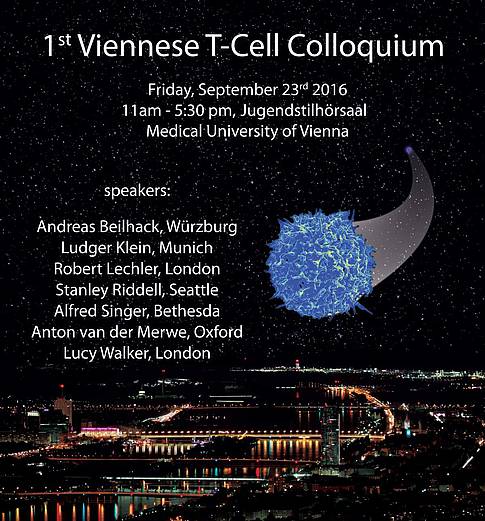Ettal – Spring School on Immunology
Advanced training course in immunology
 Every year the German Society of Immunology (DGfI) organizes a spring school. This advanced training course in diverse immunological topics was offered for young researchers and physicians from March 5th-10th, 2017 in Ettal, Bavaria. This year’s Spring School on Immunology was organized by Friederike Berberich-Siebelt from Würzburg University together with Christine Falk (Hannover), Robert Jack (Greifswald), Michael Lohoff (Marburg), Fritz Melchers (Berlin), Andreas Radbruch (Berlin) and Hendrik Schulze-Koops (München). Julia Hartweg and Musga Qureischi participated from the Beilhack lab in this year’s spring school. Beyond a great learning experience they could also present and discuss their own research work with young scientists and experts in the field.
Every year the German Society of Immunology (DGfI) organizes a spring school. This advanced training course in diverse immunological topics was offered for young researchers and physicians from March 5th-10th, 2017 in Ettal, Bavaria. This year’s Spring School on Immunology was organized by Friederike Berberich-Siebelt from Würzburg University together with Christine Falk (Hannover), Robert Jack (Greifswald), Michael Lohoff (Marburg), Fritz Melchers (Berlin), Andreas Radbruch (Berlin) and Hendrik Schulze-Koops (München). Julia Hartweg and Musga Qureischi participated from the Beilhack lab in this year’s spring school. Beyond a great learning experience they could also present and discuss their own research work with young scientists and experts in the field.





 Our latest research paper has been reported and commented on in the following news articles:
Our latest research paper has been reported and commented on in the following news articles:



